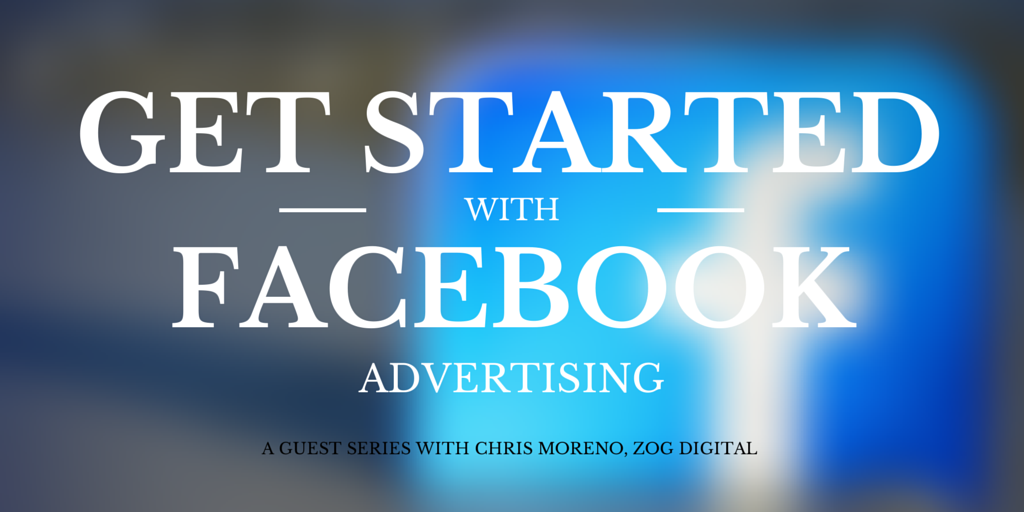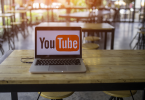
Editor’s Note: This is the first post in a comprehensive, five-part series on Facebook advertising. We’ve invited an expert on this subject, Chris Moreno with Zog Digital, to write the series for NextRestaurants readers. Chris previously worked at Facebook and now heads up the paid social media advertising team at Zog.
- Article 2: Facebook Advertising Options Restaurants Need to Use
- Article 3: How to Target Your Restaurant’s Facebook Advertising
- Article 4: 4 Facebook Advertising Myths Restaurants Need to Ignore
- Article 5: 3 Strategies to Connect Facebook Advertising to In-store Sales
Restaurants motivated to improve sales through digital advertising must take a hard look at social media platforms, especially Facebook.
Over the next few weeks, we’ll be laying out the case for why restaurants should begin investing in Facebook advertising, how to optimize the ads for maximum effectiveness, dispel some myths about social media advertising, and show marketers how to connect the ads directly to in-store sales.
But first, why should restaurants invest in Facebook at all? The argument for restaurants to invest in advertising on Facebook boils down three main points: Facebook is where consumers are spending their time, Facebook’s targeting options allow for restaurants to efficiently reach very specific audiences, and most importantly, it works.
1. Find Prospective Consumers
The first point restaurant marketers must keep in mind when deciding on implementing a Facebook advertising campaign is just how massive the Facebook ecosystem is. Facebook is the biggest social network and the latest financial filings show that more than 1.3 billion people around the world log into Facebook every month.
For restaurants, this means that there is a pool of potential customers who are reliably signing on and looking at Facebook every day, which can be influenced by ads.
2. Targeting Creates a Personal Connection
Next, restaurant marketers must realize the powerful ability for businesses to target small, specific, groups of people on Facebook, making paid advertising campaigns much more efficient than traditional advertising. Facebook’s unmatched data collection allows businesses to specifically find and reach users who fit your exact target audience.
Restaurants can filter users using location information so that only users near locations will see the ads, demographic information such as gender, age, or age, interests, and behaviors.
By taking advantage of these targeting options, restaurant marketers can create content that is designed specifically for their target audience, helping them increase the relevancy and timeliness of their content and improve engagement.
3. Delivering Consistent ROI
Third, Facebook advertising simply works.
Consumers have been proven to interact with the ads, be influenced by posts and make purchasing decisions based on the ads. According to Facebook, each user in North America is worth about $5.79 in advertising revenue.
According to data from Nanigans, clients, advertisers on Facebook saw click-through-rates (CTR) rise to 0.37 percent in Q2 2014. That’s up 47 percent from last quarter and up 146 percent from Q2 2013. For brands, a rising CTR means that users are clicking on ads more often, leading them to restaurant websites, which increase menu views and reservations, and the chances of walk-in traffic.
Several case studies have proven the effectiveness of Facebook advertising as well. ComScore studied the amount of money fans of several brands spent compared to consumers who weren’t Facebook fans. The research found that fans of businesses like Target and Amazon spent as much as double the amount during the 2011 shopping season.
Case studies from Facebook specifically point toward positive results for restaurants.
Bob Evans, a casual food chain found across the United States, used Facebook ads to publicize its promotion of national French fry day. The restaurant chain offered users a coupon for free fries with any other purchase, but only on national French fry day. The campaign resulted in more than 17,000 new likes for the branded Facebook page, more than 2,100 coupons being redeemed, and an ROI of between 200 and 300 percent.
Conclusion
As part of a larger digital marketing strategy, restaurants have the ability to reach massive amounts of potential customers, push content to specific target audiences and make a positive impact on sales using Facebook.
But, simply having a Facebook advertising campaign isn’t enough.
Over the next few weeks we’re going to lay out exactly how restaurants can utilize Facebook and harness the marketing power of its advertising capabilities using different ad types and advanced targeting techniques that maximize results, so stay tuned.
(Photo credit: mkhmarketing.)






